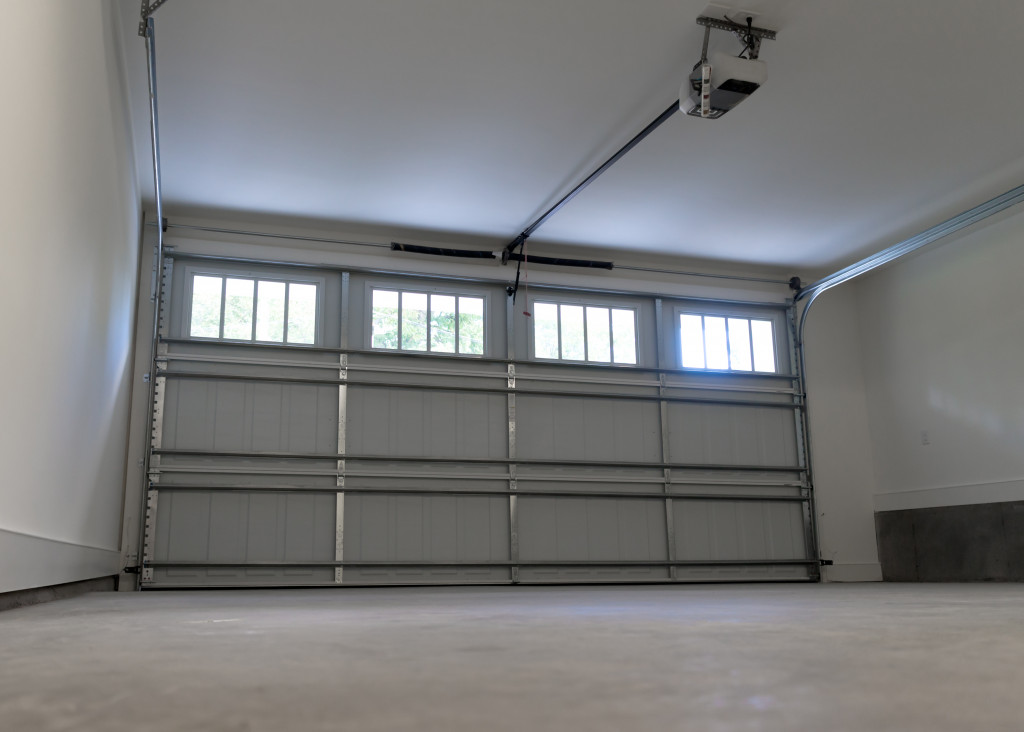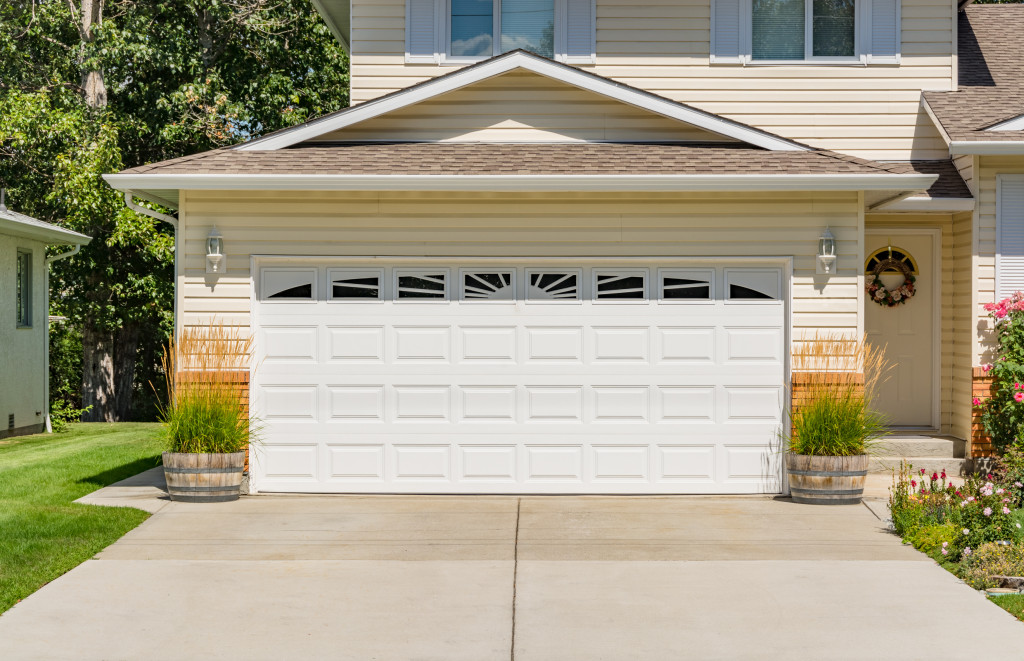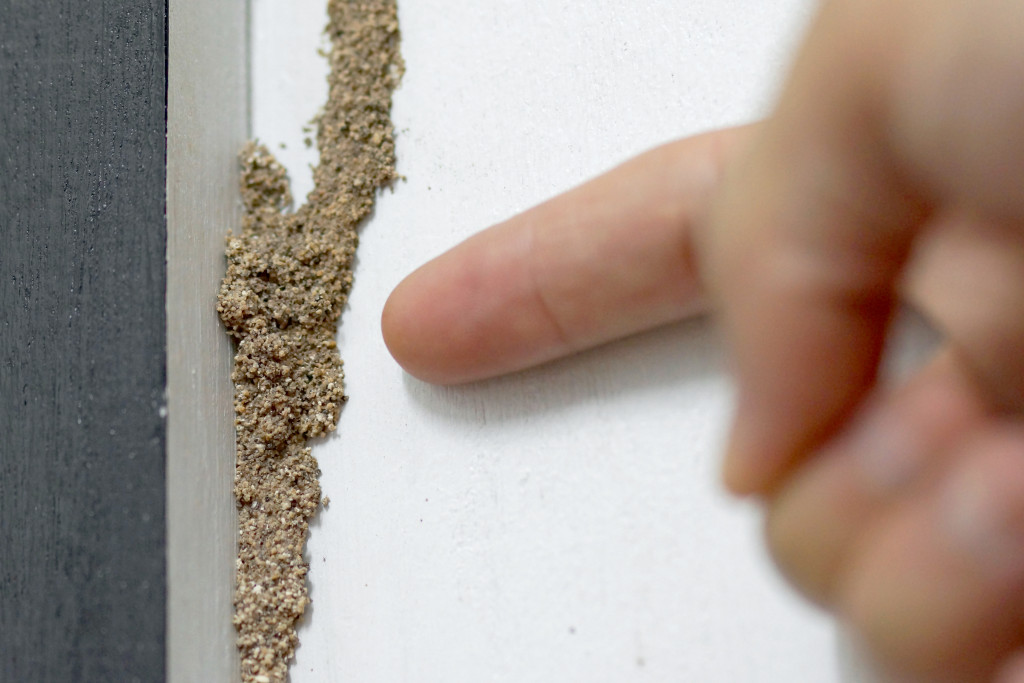- Inspect garage doors and check for signs of pest infestations regularly to prevent potential health and safety risks.
- Dispose of hazardous materials according to local safety regulations for the protection of the environment.
- Assess the condition of any furniture inside your garage to identify potential repairs or replacements.
- Inspect doors, windows, and frames for any damage or wear and tear to maintain an efficient energy system.
Maintaining a home garage is an important task for any homeowner. Not only does it provide valuable storage space, but it can also protect your vehicle from the elements and keep your belongings safe and secure.
However, taking care of a garage requires more than just sweeping up dirt or throwing away old items; there are several things to consider when doing home garage maintenance to ensure your space remains clean and functional.
Perform regular inspections.
Performing regular inspections in your garage is an important part of maintaining it. Here are some tips on how to do it:
Do garage door repair.
Garage door repair is an essential component of any home maintenance plan. It can ensure the smooth functioning of a garage door and minimize the risks of faulty or inefficiently installed components in this area.
Properly diagnosing any existing issues, such as misaligned sensors or broken springs, and addressing them quickly is the best way to avoid more severe damages that might result if left unaddressed.
In particular, it is important to regularly inspect latches, springs, and cables for signs of wear and tear and test out their electricity connections or lubricate affected parts. Seeking professional help may be necessary if problems are beyond what a homeowner’s expertise can solve.
Allocating time and effort towards caring for a garage door could extend its lifespan and keep personal safety in check by protecting against potential risks such as accidental back injuries when operating malfunctioning doors.
Check for signs of pest infestations.
Home garage maintenance is not complete until you are sure to check for signs of pest infestations. This is an essential step in protecting your home’s integrity, structure, and safety and providing a healthy indoor environment.
Look out for droppings, nests or webs, insect shells, and other visual evidence that pests have set up residence within the garage. If there are any cracks and crevices inside the garage where rodents might enter, inspect them closely. Effective pest management can save homeowners time, energy, and money; it pays to do regular checks while keeping parts of the garage tidy and decluttered.
Dispose of hazardous materials.
Unsafe disposal practices can result in significant health and environmental risks, so it’s important to adhere to local regulations when disposing of them. For example, oil should be carried and placed in designated re-refinery containers or disposed of at an appropriate facility that processes used oil.
Antifreeze must be taken to a hazardous waste collection center, and brake fluid should first be blended with an absorbent material like kitty litter before being discarded in a sealed container. All battery recycling centers accept lead-acid batteries, which should never simply be thrown out with household trash.
Assess the condition of any furniture.
Assessing the condition of any furniture inside your garage will help you to identify any repairs or replacements needed, ensuring that you focus your time and money in the most efficient way possible. While assessing furniture, it’s important to look at each surface carefully, check for any weak points or structural damage, and note any existing wear and tear.
Reviewing potential areas of concern can help mitigate bigger problems further down the line, saving both time and money. In addition to physical condition assessments, it’s a good idea to do regular checks on the cleanliness of any upholstery items like chairs or couches, as dirt and a pest infestation can be difficult to detect without close inspection.
Inspect doors, windows, and frames.
Inspecting doors, windows, and frames for damage or wear and tear involves checking the condition of the material and the systems in place to ensure everything is in working order. Failing to inspect can lead to malfunction, higher bills from repairs and replacements, product lifetime reductions, and even further breakdowns.
Inspecting assists in maintaining an efficient energy system, preventing groundwater seepage and air leaks, and ensuring proper insulation against outside temperatures. Additionally, it’s important to check that all components of a given door/window/frame are functional:
- Hinges should swing properly.
- Weatherstrips must attach with force.
- Locks should have no issues latching into position.
Finally, this inspection must be repeated regularly – depending on the environment and amount of use – to ensure you are getting the most out of your installation.
Clean and organize the floor.
Cleaning and organizing the floor regularly helps prevent damage from oil or other chemical spills and ensures the safety of anyone working in the area. The first step to cleaning and organizing is to sweep away dirt and debris. After this, any oil stains should be treated with a degreaser and scrubbed off with a towel.
Once any remaining dirt or grime has been cleaned up, it’s time to organize tools and materials by grouping them appropriately. This will make them easier to find when needed and create more space for working safely. Following these steps carefully helps ensure that both machine parts and operators maintain proper safety standards in the garage environment.
These are just some key steps to take when performing home garage maintenance. Considering these factors and investing an appropriate amount of time in preserving your garage will ensure it’s orderly, clean, and secure for many years to come.



